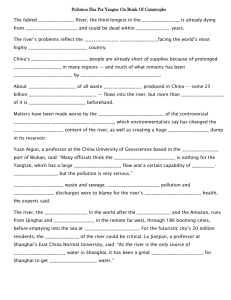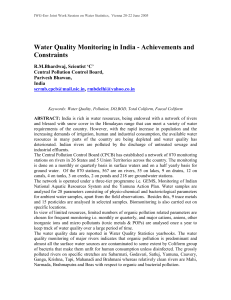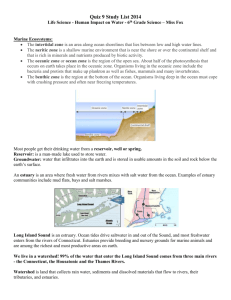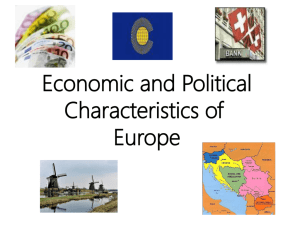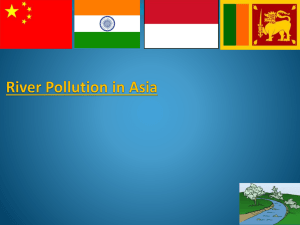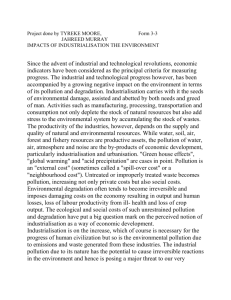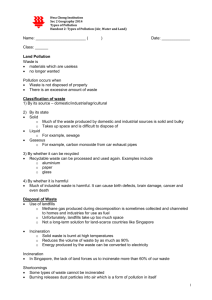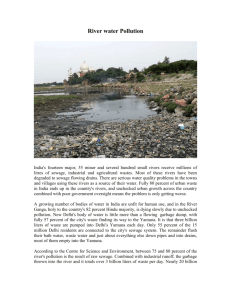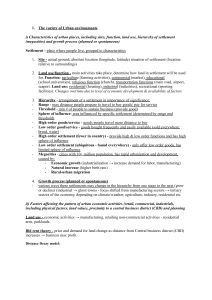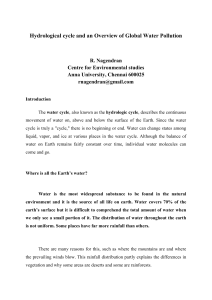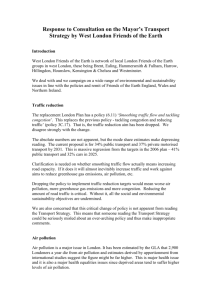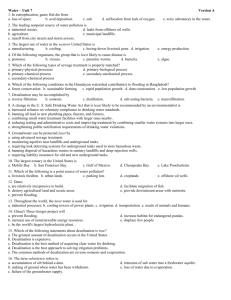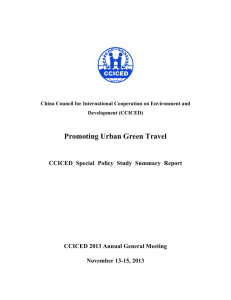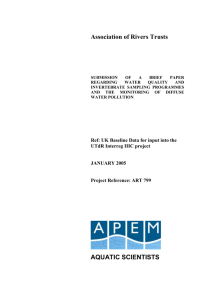What are the environmental problems resulting from
advertisement
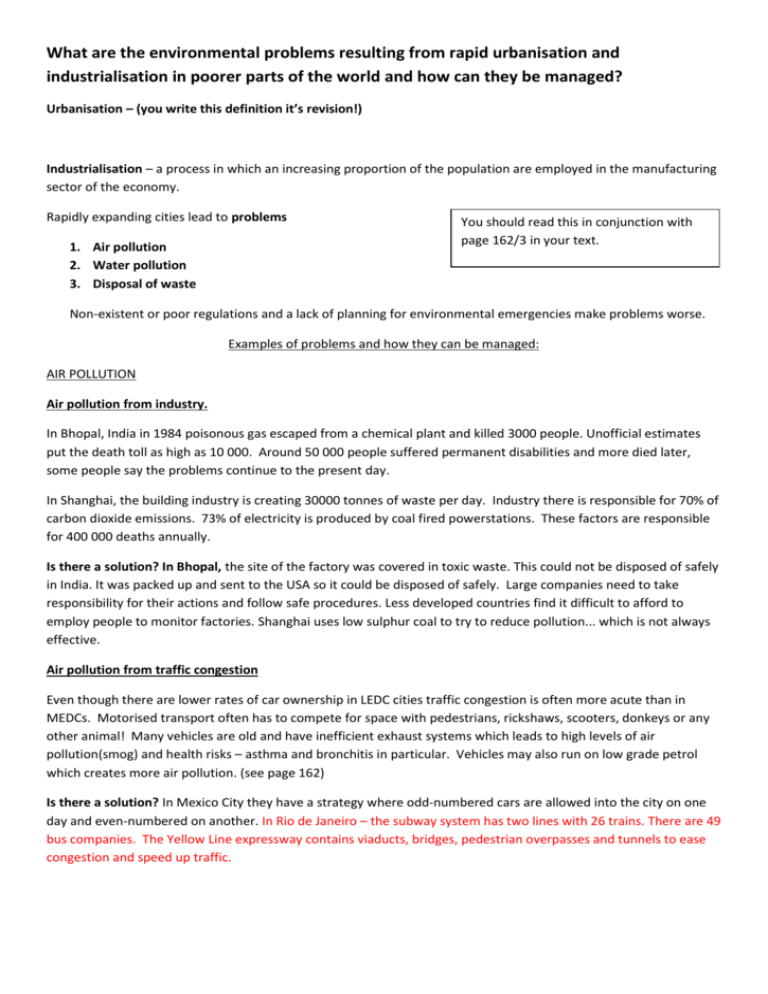
What are the environmental problems resulting from rapid urbanisation and industrialisation in poorer parts of the world and how can they be managed? Urbanisation – (you write this definition it’s revision!) Industrialisation – a process in which an increasing proportion of the population are employed in the manufacturing sector of the economy. Rapidly expanding cities lead to problems 1. Air pollution 2. Water pollution 3. Disposal of waste You should read this in conjunction with page 162/3 in your text. Non-existent or poor regulations and a lack of planning for environmental emergencies make problems worse. Examples of problems and how they can be managed: AIR POLLUTION Air pollution from industry. In Bhopal, India in 1984 poisonous gas escaped from a chemical plant and killed 3000 people. Unofficial estimates put the death toll as high as 10 000. Around 50 000 people suffered permanent disabilities and more died later, some people say the problems continue to the present day. In Shanghai, the building industry is creating 30000 tonnes of waste per day. Industry there is responsible for 70% of carbon dioxide emissions. 73% of electricity is produced by coal fired powerstations. These factors are responsible for 400 000 deaths annually. Is there a solution? In Bhopal, the site of the factory was covered in toxic waste. This could not be disposed of safely in India. It was packed up and sent to the USA so it could be disposed of safely. Large companies need to take responsibility for their actions and follow safe procedures. Less developed countries find it difficult to afford to employ people to monitor factories. Shanghai uses low sulphur coal to try to reduce pollution... which is not always effective. Air pollution from traffic congestion Even though there are lower rates of car ownership in LEDC cities traffic congestion is often more acute than in MEDCs. Motorised transport often has to compete for space with pedestrians, rickshaws, scooters, donkeys or any other animal! Many vehicles are old and have inefficient exhaust systems which leads to high levels of air pollution(smog) and health risks – asthma and bronchitis in particular. Vehicles may also run on low grade petrol which creates more air pollution. (see page 162) Is there a solution? In Mexico City they have a strategy where odd-numbered cars are allowed into the city on one day and even-numbered on another. In Rio de Janeiro – the subway system has two lines with 26 trains. There are 49 bus companies. The Yellow Line expressway contains viaducts, bridges, pedestrian overpasses and tunnels to ease congestion and speed up traffic. Water Pollution Untreated sewage washes straight into rivers and run off from industries is often unregulated too. Rubbish is also dumped straight into rivers and seas, or washes into them as it is left uncollected on the land. For example Shanghai’s Huangpu river in China has seen water quality fall as 4 million cubic metres of untreated human waste enters it daily! Is there a solution? India introduced a River Ganges Action Plan, introducing water treatment plants but the increasing population has put pressure on the system. China has received a World Bank loan of $200 million to improve the water quality of Shanghai’s rivers. Rio de Janeiro – 4km of new sewage pipes have been installed around the Lagoa Rodrigo so that sewage is taken away and processed. Rivers and channels into the lake are also being dredged at a cost of $2 million. Rubbish collection is expensive to organise. In Cairo the Zabbaleen are a community of people who collect and sort the city’s waste by hand in order to earn a living. The Egyptian government have now recognised them as official waste collectors and they have been given licences to operate. Disposal of waste e.g. Electronic waste India imports more than 4.5million computers a year, plus many second-hand ones with shorter lifespans. Computer waste, or e-waste creates work! The poor scrape a living by breaking down PCs and monitors. They boil, crush or burn parts in order to extract valuable materials like gold or platinum. This also releases toxic chemicals like cadmium and this can pose serious health risks. India’s hospitals are starting to see patients with ten times the expected level of lead in their blood. Is there a solution? Greenpeace argues that high-tech companies that create the products should take responsibility for the waste created and have recycling plants for products at the end of their lives. Developing world governments need to have more people employed to ensure their laws for waste disposal are enforced, but this is expensive.


